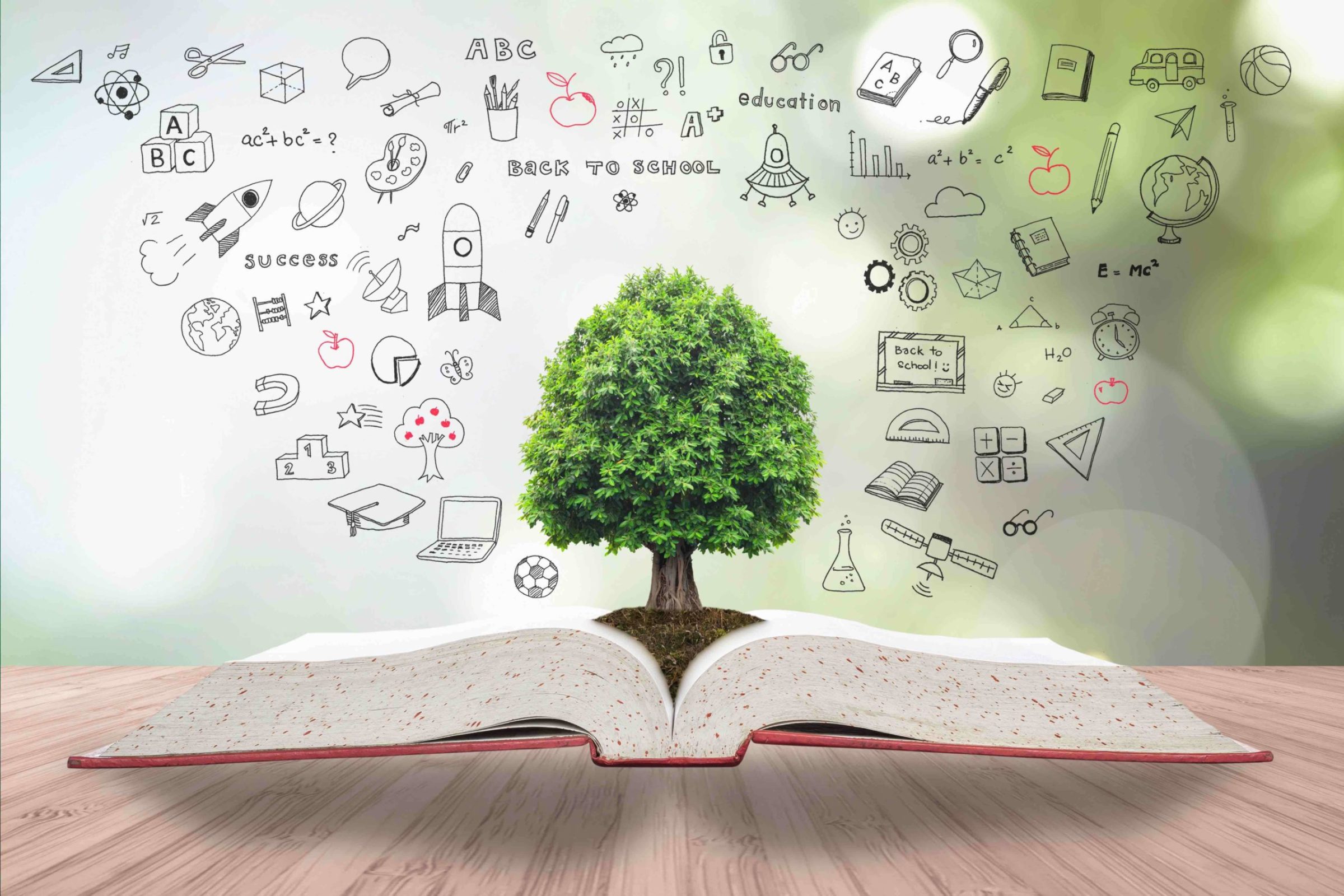In today’s interconnected globe, student neighborhoods play an essential role in shaping scholastic and individual experiences.

These communities are not simply collections of individuals yet are vibrant environments that cultivate development, discovering, and partnership amongst pupils. They vary widely in type and feature, from campus-based groups to global on the crowdsourced education internet discussion forums, each offering special chances for involvement and development.
Whether you are tipping onto an university campus for the very first time or taking part in digital knowing environments, recognizing the framework and benefits of trainee neighborhoods can significantly enhance your educational journey. This short article looks into the essence of trainee areas, exploring just how they function, the advantages they give, and the ways in which they can be leveraged for personal and academic success.
Comprehending Pupil Areas
Pupil communities are foundational to the academic experience, serving as both social and instructional support systems. At their core, these communities are groups formed normally by pupils that share typical passions, goals, or disciplines. They can be informal, such as study groups, or official, like pupil unions and clubs.
These areas are identified by a common identity and the cumulative search of knowledge, skills, and experiences. They act as systems for students to link, work together, and add to each other’s development, expanding beyond scholastic limits to affect individual advancement and community engagement.

Basically, pupil communities are microcosms of bigger social structures, where leadership abilities are honed, ideas are traded, and lifelong friendships are formed. The interactions within these communities show a diverse blend of cultural, intellectual, and social dynamics.
- Networking Opportunities: Pupil neighborhoods provide a network of peers and coaches that can use support and advice.
- Ability Development: Engaging in area tasks helps students create essential abilities such as communication, leadership, and synergy.
- Resource Accessibility: These communities commonly provide access to academic sources, including study products and expert suggestions.
- Social Involvement: They provide a system for social interaction, reducing the shift into new academic environments and assisting to combat seclusion.
Via these different functions, trainee neighborhoods become important to the alternative advancement of trainees, laying a foundation for future specialist and individual success.
The Benefits of Taking Part In Student Communities
The advantages of taking part in pupil areas are diverse, affecting both scholastic and individual rounds.

On an academic degree, these areas urge joint knowing, permitting pupils to gain from varied perspectives and know-how. Sharing understanding and sources within a community can lead to a lot more reliable knowing outcomes and improved academic efficiency.
Moreover, student areas provide a system for personal development and self-discovery. By engaging with peers from various histories and self-controls, trainees obtain a more comprehensive worldview, boosting their cultural proficiency and empathy. This direct exposure to diverse perspectives is invaluable in developing essential thinking and analytical skills.
In addition, energetic involvement in area tasks can enhance pupils’ self-confidence and self-worth. Tackling management duties or taking part in discussions and events promotes a sense of success and belonging, which is crucial for overall wellness and motivation.
Sorts Of Pupil Communities
Pupil communities come in various kinds, each satisfying different interests and goals. These can be generally categorized into scholastic, cultural, leisure, and professional communities, to name a few. Each type offers unique platforms and opportunities for student interaction.
- Academic Communities: These are typically centered around specific disciplines or scholastic passions. Examples consist of study hall, honors cultures, and department clubs.
- Social Neighborhoods: These groups concentrate on advertising social understanding and diversity, often arranging events and tasks to celebrate various customs.
- Recreational Neighborhoods: These include sporting activities groups, recreational clubs, and hobby-based groups that supply a break from scholastic roughness and promote physical and psychological health.
- Specialist Communities: These are targeted at career development, offering networking chances, workshops, and mentorship programs to prepare pupils for the expert world.
By recognizing and engaging with the appropriate areas, students can customize their university experiences to align with their rate of interests and profession goals, leading the way for a meeting academic trip.
Building a Prospering Trainee Area
Producing and maintaining a flourishing student community requires effort and collaboration from both trainees and universities. It begins with promoting a comprehensive atmosphere where all pupils really feel invited and valued no matter their backgrounds.
Establishments can sustain this by providing sources and centers that motivate communication and participation. This includes creating physical areas like pupil unions and on the internet platforms that promote communication and collaboration. Furthermore, organizing occasions, workshops, and workshops can further boost engagement, supplying students with possibilities to attach and pick up from each other.
Management and Student Involvement
Efficient management is essential in nurturing a successful pupil neighborhood. Leadership roles within these areas supply students an opportunity to create and demonstrate their business and interpersonal abilities. Students who assume these functions add dramatically to setting the tone and direction of their neighborhoods, affecting their peers positively.
Motivating leadership and energetic involvement among students not only enhances the community yet additionally encourages individuals, preparing them for future difficulties. By fostering a society of collaboration and assistance, student neighborhoods can grow, leaving a long lasting effect on their participants and the scholastic environment in its entirety.